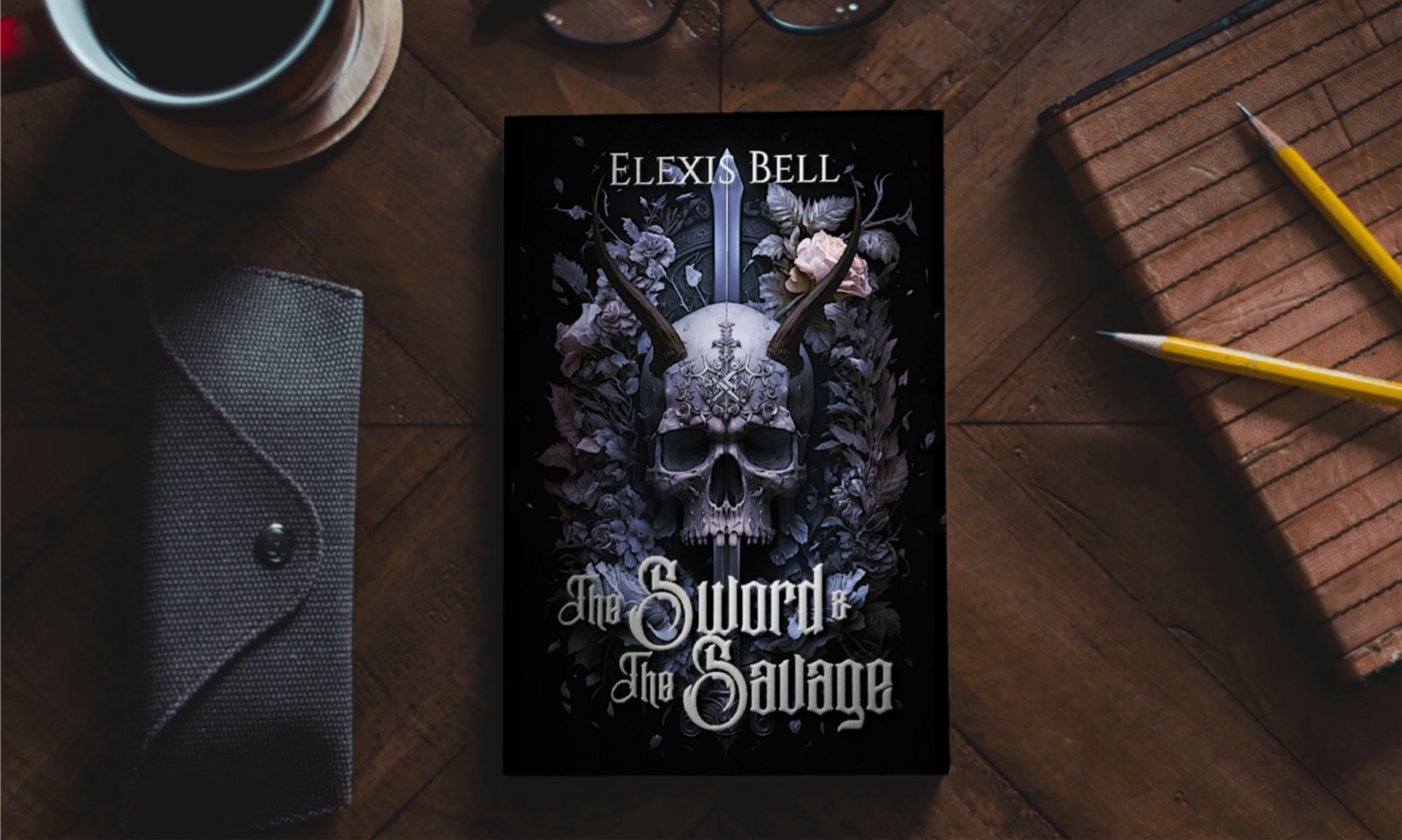It’s time for the final installment of this little guide to writing methods, and today, we’re talking about the pros and cons of being a plantser.
Now, pantser and plotter get bandied about rather freely. But plantsers don’t get quite as much discussion, despite being the group that includes most writers.
So, in case you don’t know, a plantser is someone who falls somewhere on the spectrum between plotters and pantsers.
They do some planning, but go off the rails halfway through. Or maybe they do no planning to start, jumping in to get a feel for the world, and then they step back and iron out some details for the end of the story to make sure everything gets tidied up.
They might do detailed character bibles and maps, but leave the story arcs to develop as they go.
The point is, to some degree, they plan, and to some degree, they figure it out as they go.
There are a lot of things that can go right with this method and a lot of things that can go wrong.
So let’s go over a couple.
We’ll start with the benefits.
1. Freedom to adjust as necessary.
A major part of this writing style is centered around the belief that not everything is going to be planned out perfectly ahead of time. Things may need to change later on, and that’s okay.
This method allows the freedom to step away from the outline as needed.
2. Enough structure to cut back on writer’s block.
Of course, the dreaded block is still possible in any writing method, but having a plan of some sort, even if it’s just five bullet points and a page of backstory for your main character(s), can help alleviate the dread of staring at a blank page.
3. Those blessed A-Ha moments.
With this writing method, those wonderful little epiphanies can happen during the plotting stage AND during the writing stage, spurring you on in either part of the journey.
And now, some of the cons.
1. Meandering plot lines.
All that freedom means that sometimes the plot can wander a bit too far. There’s always the chance that you could get caught up in a tangent, falling down a rabbit hole that has nothing to do with the main storyline, but it catches your fancy and you go chasing after it.
(Sound familiar? That’s because this is a potential pitfall of pantsing, covered in part one of this series.)
2. Writer’s block.
All that freedom could lead to uncertainty. Details, or even major events, that haven’t been ironed out ahead of time could trip you up later on, causing delays.
3. Rigidity.
You could end up sticking too close to the outline, even when the characters have grown into something different than you originally planned. This could lead to stunted characters. It could also lead to pacing issues if the story or characters develop at a different rate than you originally anticipated. (This might sound familiar, as it’s a potential pitfall of plotting that we discussed in part two of this series.)
Basically, all the potential pros of pantsing and plotting apply, as well as all the cons. Really, it comes down to how you mix and match the two writing methods. The biggest strength of this method is that you have the flexibility to pick and choose exactly which part of the other two to keep and which to discard.
And really, finding what works for you is the most important thing. Every writer is different. We all have different backgrounds and personalities.
There is no one right way to write a book.
That’s important to remember. There are many people who swear by plotting things out, and many who swear by writing by the seat of your pants.
I fall into the latter category, but I know that doesn’t work for everyone.
So, whether you’re just starting out or you’ve written 20 books, if a piece of writing advice doesn’t work for you, throw it out. What’s important is that you finish your book.
The rules about how to write a book are more like guidelines and should be treated as such.
Play around with different writing methods until you find what works the best for you and keeps you writing all the way to the end of the book.
Come back next week for part one of my next blog series, Graphic Design Tips for Authors. Don’t forget to subscribe to my newsletter to stay up to date on all my book releases and giveaways, get exclusive content and sneak peeks, and even receive a free short story at sign-up.
Keep reading. Keep writing.
Later.
